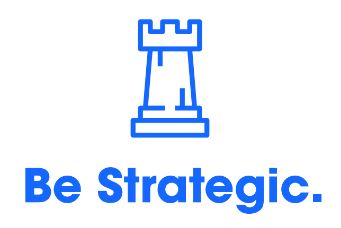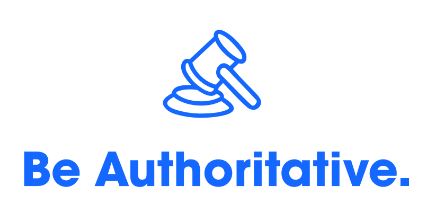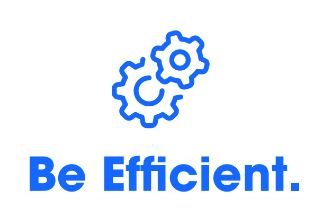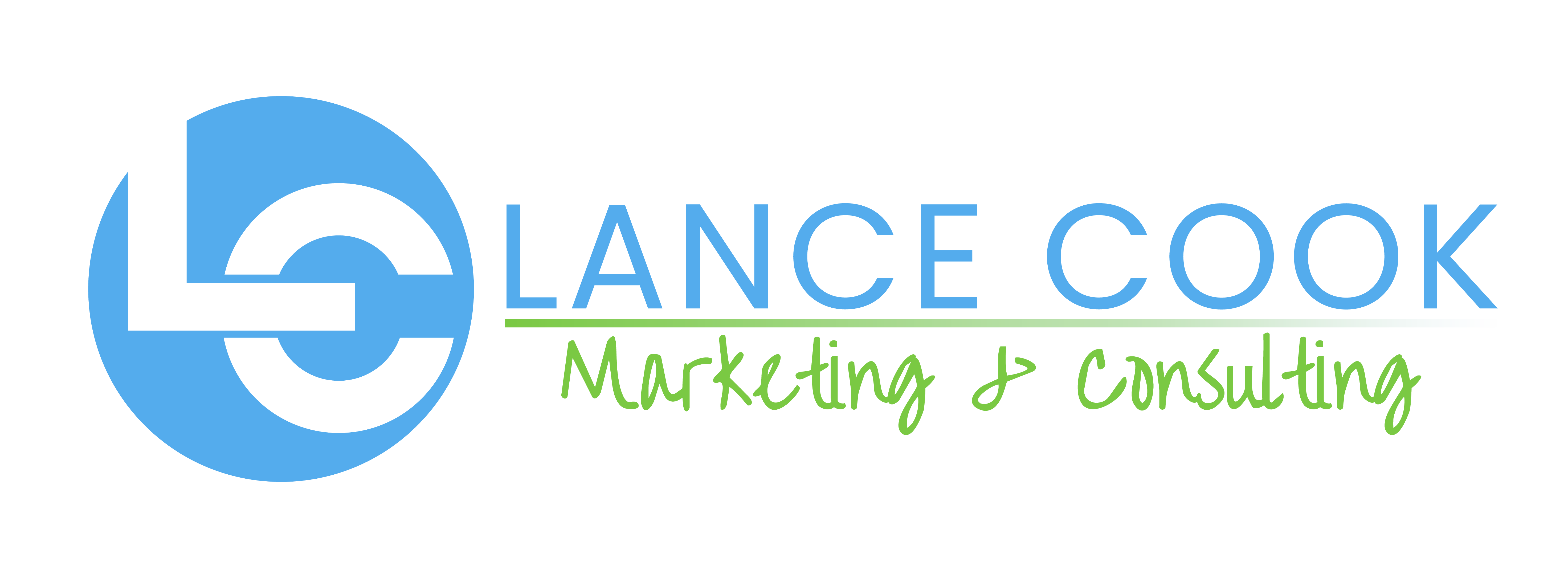Customers—they’re the most important aspect of any small business. Without them, you’d cease to exist.
It stands to reason that communicating with your customers is of vital importance. And, what’s one of the best ways to reach the existing and potential clientele to grow your business?
Social media
If you’re reading this, being a social media manager likely isn’t your main role. If it’s something you’ve been asked to take on, you might be looking for ways to succeed. We’ll provide you with steps you can take to ensure you’re being effective with your time and money when it comes to your social media approach. The basic steps to become a social media master for your small business are: Plan, Schedule, Execute, Review, and Repeat. It looks simple enough, but let’s dig into the details of each step to help you become the guru you want to be.
PLAN
As with anything in business, a good plan is essential for success. No matter what industry you’re in, or who your customers happen to be, you’ll want a plan in place before you take any action.
1. Set your goals
What is it you’re trying to achieve? Are you just looking for brand awareness? Do you need to drive leads? Asking the right questions will help you determine your objectives.
2. Find your audience
Who and where are they? This will help you decide which social media platform(s) are right for your business. Facebook, Instagram, and LinkedIn are the three major players, but you may want to narrow your focus depending on where your customers happen to be.
3. Build customer personas
Now that you’ve narrowed in on where your audience is, you need to learn more about them. Building personas will help you align your goals with those of your audience. This will ensure that the content you create is of value to the people you’re trying to reach.
SCHEDULE
Now that you have a plan in place, you’ll want to create a social media schedule for releasing the content you have in mind. This will help you maintain the right flow of content and ensure the proper touchpoints with your audience. When it comes to scheduling, if it’s too infrequent, you’ll lose your audience.

If it’s too often, you’ll push them away. Determining an appropriate schedule will keep you in the right zone for content releases. Building your schedule can be as simple as creating a spreadsheet or as comprehensive as using a service. You’ll have to make the call for your particular business. Keeping your social content releases tied to a schedule will help you stay consistent, productive, and sane.
EXECUTE
It’s time to put your planning into action. The question you might be asking is, “What do I post?” We can’t answer that specifically since it varies from business to business, but we can provide some guidelines to get you started.

Post content that helps fulfill your objectives. Hopefully, you’ve developed a solid social media strategy by this point. Be sure each piece of content you release is a stepping stone that helps you achieve your goals.

Stand out with content that’s original or different. While it’s easier said than done, creating content that’s unique, memorable, or sharable will be much more effective.

Try to establish your business as an authority on the topics you post about. Being seen as an expert in your industry will help build your reputation, grow your audience, and open the door for future opportunities.

With a social media publishing service, you can post, tweet, comment, and more across multiple platforms through a single tool. Our springboard integrates Facebook, Instagram, Twitter, LinkedIn, YouTube, and other social channels to make sharing your content easy.
REVIEW
The review step consists of two phases. The first involves reviewing your posted content. This should be self-reflective to see if you’ve successfully followed the plan you initially set for yourself.
PHASE 01 – SELF CHECK
Did your content adhere to your strategy? Was it helpful in moving you toward your goals and objectives? Did you execute appropriately by following your chosen guidelines?What worked and what didn’t? Determine how your posts performed and you’ll be able to make your content that much better moving forward.
PHASE 02 – AUDIENCE INTERACTION
The second phase involves interacting with your audience. This includes observing customer responses, engaging in the conversations surrounding your company and content, and gathering reviews from your best customers to bolster your reputation.
REPEAT
After you’ve completed a solid Review, you can take your learnings and apply them to your content moving forward. Here’s your chance to build upon the foundation you’ve laid and improve your content.
As with anything in life, the more you do something, the better you’ll become. Don’t be discouraged if you don’t get everything right with your first foray into social media management. On the contrary, plan on learning a lot and be prepared to make changes and adjustments as you go.
If you recently solidified your Plan and Schedule steps, you may want to head straight back into the Execute phase. Your strategy should be fairly forward-looking, so revising those first two steps too frequently is likely to leave you with a moving target. This kind of frequent course correction could end up causing more harm than good. Make your plan and stick to your guns.
However, after a certain period of time, it would be wise to look at your strategy with fresh eyes and learned experience. Are your objectives and goals still appropriate for your business? If not, revise and push ahead.
We specialize in empowering small businesses to manage their online presence for growth, with every tool you need to spread your story.
Scheduled Posting
Increase your social reach with an efficiently scheduled posting.
Review Generation
Gather new reviews from your best customers and bolster your reputation.
Data Management
Own your growth with compelling data and better decision-making.
Social Interaction
Impact the social conversations about your business on every platform.
Review Monitoring
Stay on top of every review and respond to keep the conversation moving.
Directory Publishing
Spread and secure your story across every online directory.
Website Analytics
Track your website’s effectiveness and improve the customer journey.

